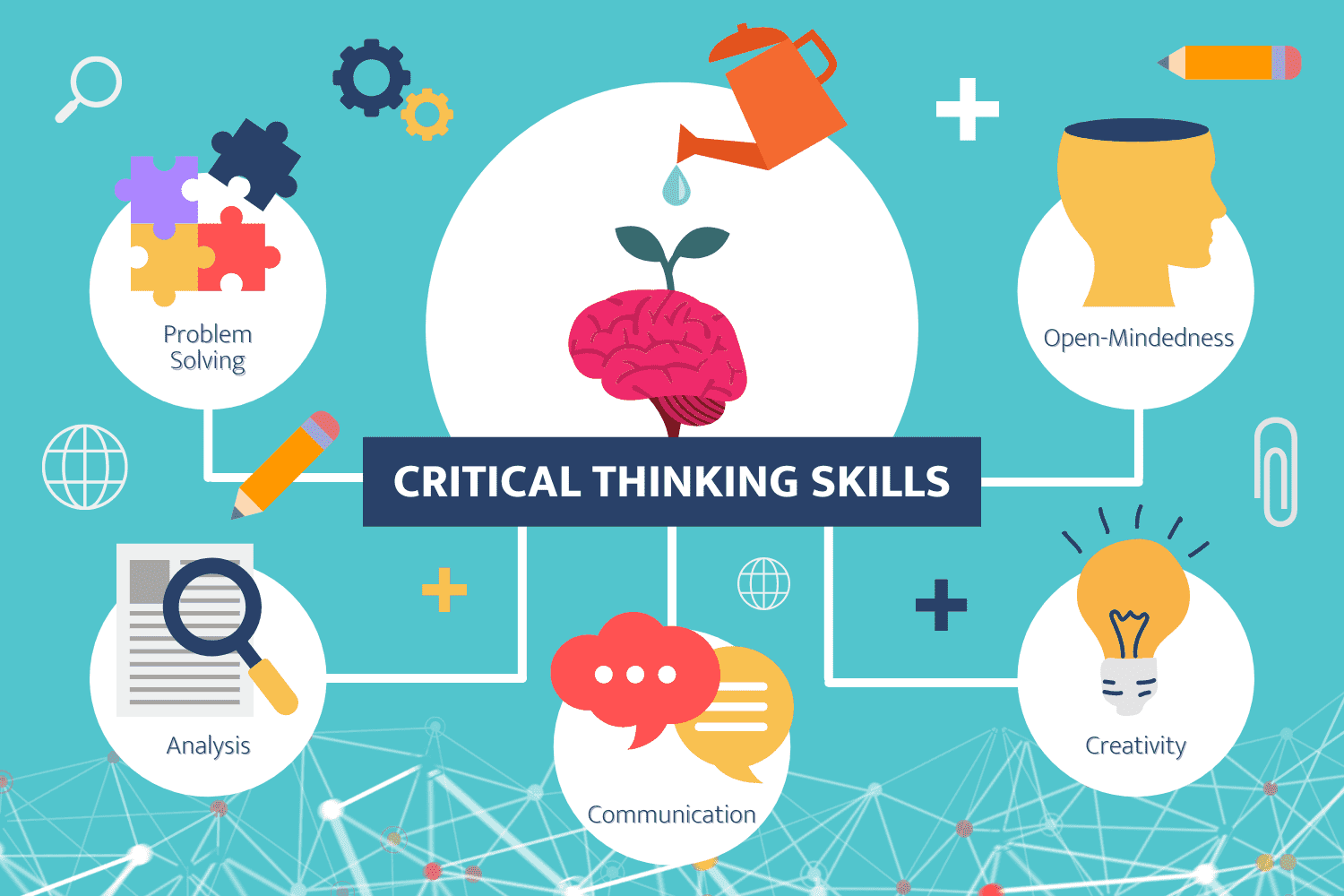Toulmin Method
We're bombarded with countless opinions and information as we navigate the online world. The Toulmin method is like a roadmap, helping us sort through and respond to the arguments effectively.
The Toulmin method breaks down an argument into the following six components (Nesbitt, 2023):
1. Claim: a central argument or assertion authors want to prove.
2. Data: the evidence or facts supporting the claim.
3. Warrant: the assumption that connects the data to the claim.
4. Backing: additional evidence for the warrant.
5. Qualifier: the acknowledgment that the claim may not be valid.
6. Rebuttal: the acknowledgment of opposing viewpoints.
Applying these six components can help make arguments more compelling. For example, the Toulmin method can be used in a vaccine debate.
The claim could be vaccination significantly reduces the spread of infectious diseases and saves lives.
The data supporting the claim might include scientific studies demonstrating vaccine efficacy, historical records showing disease reduction after vaccination, and statistics data about disease prevalence before and after vaccination campaigns.
The warrant demonstrates how vaccines contribute to community immunity and prevent contagious illnesses.
The backing could be statements from healthcare professionals or epidemiologists confirming the effectiveness of vaccines in preventing diseases.
A qualifier illustrates the acknowledgment that rare adverse reactions to vaccines might occur while emphasizing their overall safety compared to the risks of the diseases they prevent.
A rebuttal could address the arguments spreading misinformation about vaccine dangers, providing evidence from reputable health organizations such as WHO or CDC.
By applying these components and citing reliable sources like peer-reviewed articles, reports from health authorities, and data from trusted vaccine monitoring systems, the Toulmin methods help the authors make more substantial and more compelling arguments because it allows the authors to use clear reasoning to connect the evidence and the claim, acknowledging concerns while addressing misinformation and other viewpoints.
One challenge of applying the Toulmin method online is
information overload, which occurs when we encounter overwhelming information, inhibiting our capacity to process or make sense of the information effectively (Green 2017). This overload is expected online due to the high volume of data, opinions, and content bombarding users through various online platforms. Too much information can make distinguishing between accurate data and misleading content challenging. It also can lead to decision fatigue, where individuals struggle to make informed decisions. To navigate this challenge. It is essential to prioritize sources, focusing on reputable sources rather than quantity. Look for information from trusted institutions, peer-reviewed studies, or experts. Moreover, it is crucial to use selective attention techniques to identify the main points and filter out unnecessary details to manage the overwhelming information.

Critical thinking and information literacy are vital skills for constructing and responding to arguments in online communications. Critical thinking skills involve analyzing information and judging reasoning. They help spot biases in arguments. Information literacy skills mean locating and evaluating sources and using information effectively.
While Toulmin's method offers an excellent roadmap to build an argument, critical thinking and information literacy are vital skills that make the arguments more compelling and solid by ensuring the complete evaluation of evidence, allowing for a deeper understanding of different viewpoints, and strengthening the overall logic behind the proposed claims. These skills help us navigate mass information, bypass biases, and construct more persuasive arguments using the Toulmin framework.
Citation
Green, J. M. (2017). Communicating online. McGraw Hill Education Create.
Nesbitt, L. (2023). The Toulmin Method. The WAC Clearinghouse. Colorado State University. Available at https://wac.colostate.edu/repository/resources/writing/guides/.







Comments
Post a Comment